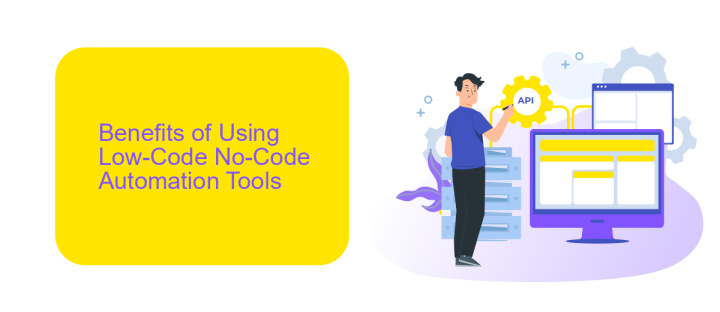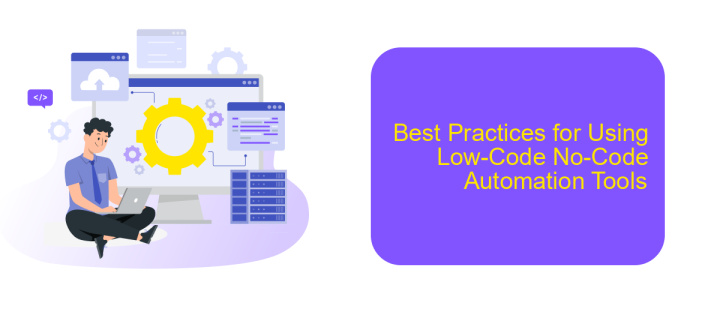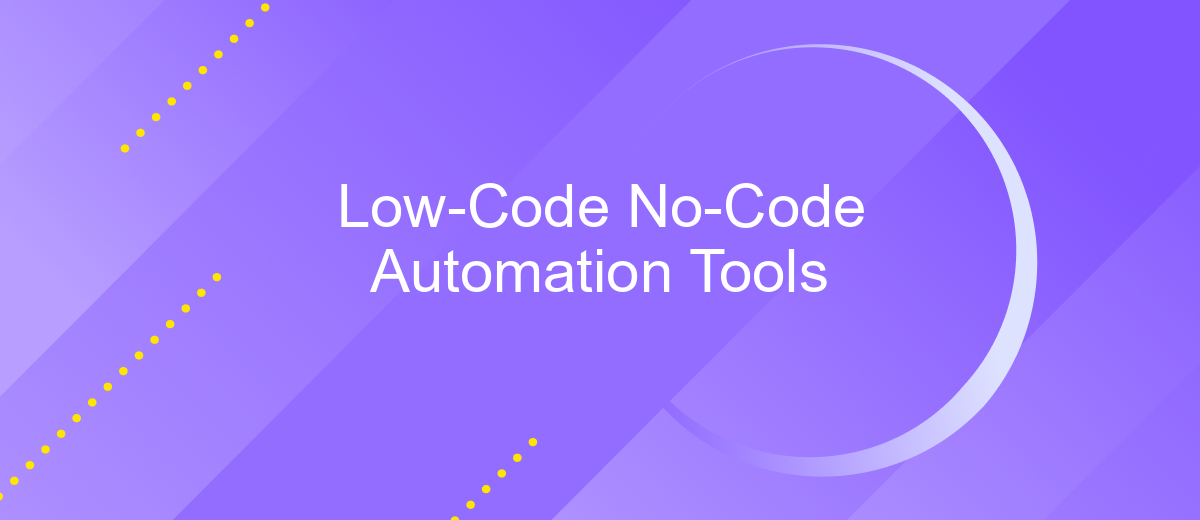Low-Code No-Code Automation Tools
In an era where digital transformation is paramount, Low-Code No-Code (LCNC) automation tools are revolutionizing the way businesses operate. These platforms empower users with minimal coding knowledge to create sophisticated applications and automate processes, significantly reducing development time and costs. This article explores the benefits, key features, and emerging trends in the LCNC automation landscape.
Introduction to Low-Code No-Code Automation Tools
Low-code and no-code automation tools are revolutionizing the way businesses approach software development and process automation. These platforms allow users to create applications and workflows with minimal coding knowledge, thereby democratizing technology and empowering a broader range of individuals to contribute to digital transformation efforts.
- Ease of use: Drag-and-drop interfaces simplify the creation of complex workflows.
- Cost-effective: Reduces the need for extensive development teams.
- Speed: Accelerates the development process, enabling quicker deployment.
- Flexibility: Allows for easy adjustments and iterations.
- Integration: Tools like ApiX-Drive facilitate seamless integration with various services and applications.
By leveraging low-code and no-code automation tools, organizations can streamline operations, reduce costs, and enhance productivity. These platforms are particularly beneficial for small to medium-sized enterprises that may lack extensive IT resources. With the ability to integrate various services effortlessly, such as through ApiX-Drive, businesses can create cohesive and efficient workflows that drive growth and innovation.
Benefits of Using Low-Code No-Code Automation Tools

Low-code no-code automation tools offer several benefits, making them a valuable asset for businesses of all sizes. One of the primary advantages is the significant reduction in development time. These platforms enable users to create and deploy applications quickly without requiring extensive coding knowledge. This accelerates the time-to-market for new solutions, allowing companies to stay competitive and respond to market changes more efficiently.
Another key benefit is the democratization of software development. Low-code no-code tools empower non-technical staff to build and customize applications, fostering innovation across departments. For instance, ApiX-Drive is a service that simplifies the integration of various applications and services, enabling seamless workflows without the need for complex coding. This not only reduces the burden on IT departments but also ensures that business processes are more agile and adaptable to changing needs. Overall, these tools enhance productivity, reduce costs, and enable businesses to focus on strategic initiatives rather than getting bogged down by technical challenges.
Top Low-Code No-Code Automation Tools

Low-code no-code automation tools have become essential for businesses looking to streamline operations without extensive coding knowledge. These platforms enable users to create workflows, automate repetitive tasks, and integrate various services seamlessly.
- Zapier: A popular tool that connects apps and automates workflows, making it easy to transfer data between different platforms without coding.
- ApiX-Drive: This service excels in setting up integrations between various applications, allowing users to automate tasks and data transfers effortlessly.
- Integromat: Known for its visual interface, Integromat helps users automate complex processes and integrate multiple apps with ease.
- Microsoft Power Automate: Part of the Microsoft Power Platform, this tool allows users to automate workflows between various Microsoft and third-party services.
- AppSheet: A Google Cloud service that enables users to create custom applications and automate workflows without writing any code.
These tools empower businesses to enhance productivity and efficiency by automating routine tasks and integrating multiple services. Whether you need to connect CRM systems, manage marketing campaigns, or streamline internal processes, these platforms offer robust solutions to meet diverse needs.
Best Practices for Using Low-Code No-Code Automation Tools

To maximize the benefits of low-code no-code automation tools, it's essential to follow best practices to ensure efficiency and reliability. Start by clearly defining your automation goals and understanding the processes you aim to streamline. This foundational step helps in selecting the right tools and features that align with your business objectives.
Next, involve relevant stakeholders early in the process. Collaboration among team members, including IT and business units, ensures that the automation solutions meet everyone's needs and are scalable for future requirements. Additionally, regular training and updates can help users stay proficient with the evolving functionalities of these tools.
- Clearly define automation goals and objectives.
- Involve stakeholders from both IT and business units.
- Regularly train users on new features and updates.
- Utilize integration services like ApiX-Drive for seamless data flow.
- Continuously monitor and optimize automated processes.
Finally, leverage integration services such as ApiX-Drive to connect various applications and ensure smooth data exchange. This can significantly enhance the functionality of your low-code no-code tools, making your automated workflows more robust and efficient. Continuous monitoring and optimization of these processes will help in maintaining their effectiveness over time.
Future of Low-Code No-Code Automation Tools
The future of Low-Code No-Code automation tools is poised for significant growth and transformation. As businesses increasingly seek to streamline operations and reduce dependency on highly specialized IT skills, these platforms will become more sophisticated and accessible. Innovations such as AI-driven automation, enhanced user interfaces, and more robust integration capabilities are expected to drive widespread adoption. Companies will be able to automate complex workflows with minimal manual coding, thereby accelerating digital transformation and improving operational efficiency.
One of the key trends will be the expansion of integration options. Tools like ApiX-Drive are leading the way by simplifying the process of connecting various applications and services. This allows businesses to seamlessly integrate disparate systems and automate data flows without extensive technical knowledge. As more organizations recognize the value of these integrations, the demand for versatile and user-friendly automation platforms will continue to rise, shaping a future where Low-Code No-Code solutions are central to business strategy and innovation.
FAQ
What are Low-Code No-Code Automation Tools?
How do Low-Code No-Code Automation Tools benefit businesses?
Can I integrate multiple applications using Low-Code No-Code Automation Tools?
Are Low-Code No-Code Automation Tools secure?
Do I need technical skills to use Low-Code No-Code Automation Tools?
Time is the most valuable resource for business today. Almost half of it is wasted on routine tasks. Your employees are constantly forced to perform monotonous tasks that are difficult to classify as important and specialized. You can leave everything as it is by hiring additional employees, or you can automate most of the business processes using the ApiX-Drive online connector to get rid of unnecessary time and money expenses once and for all. The choice is yours!

